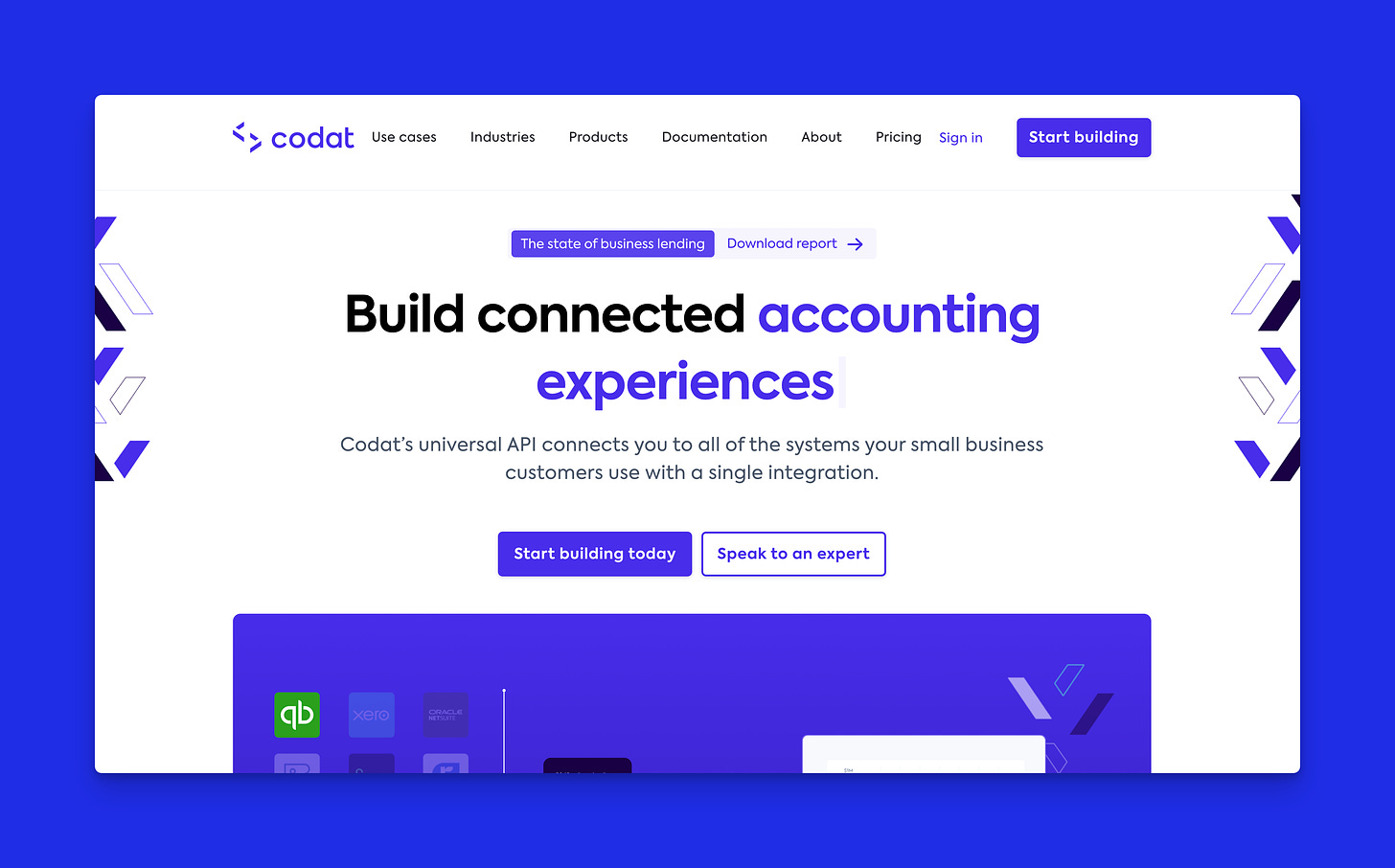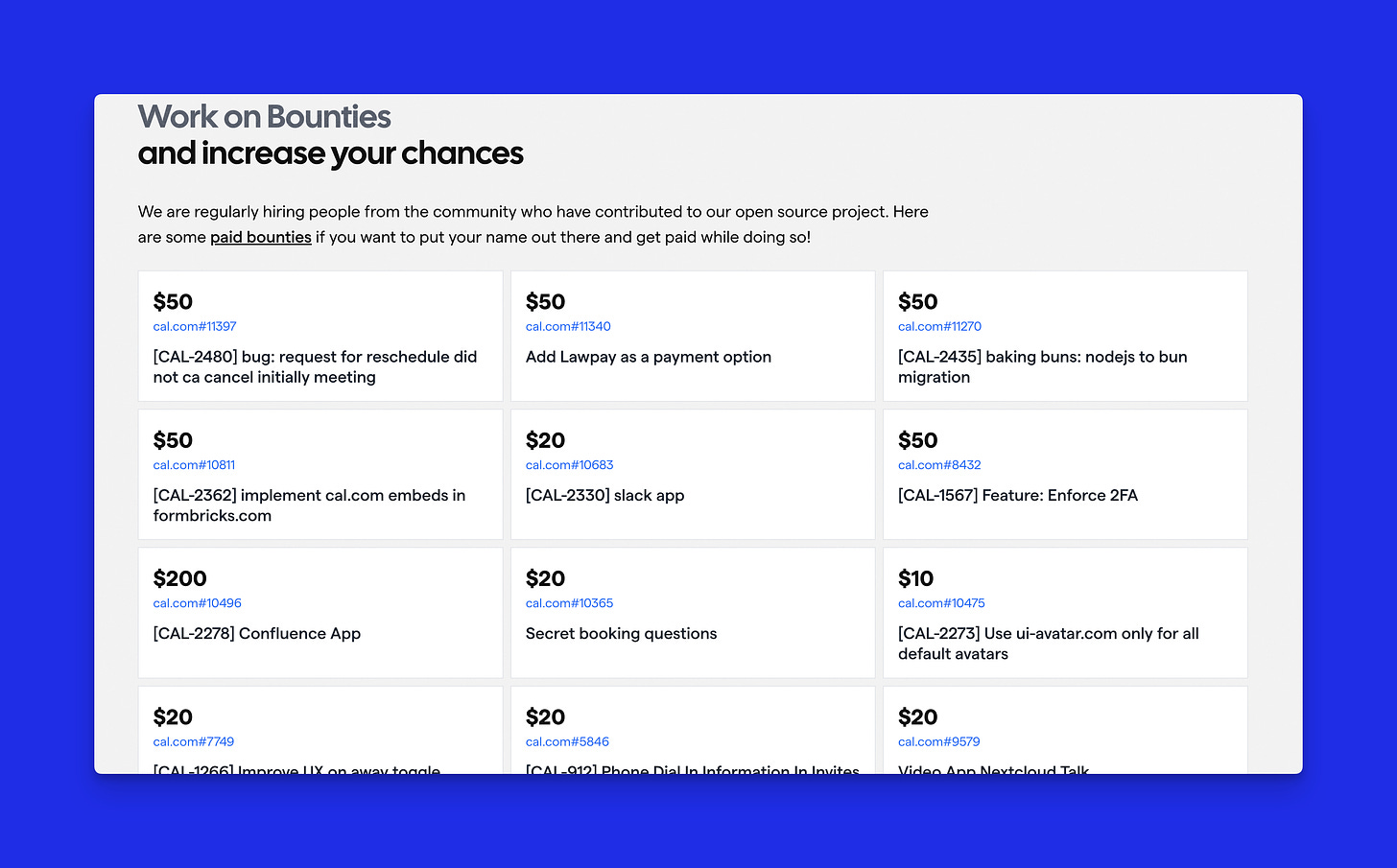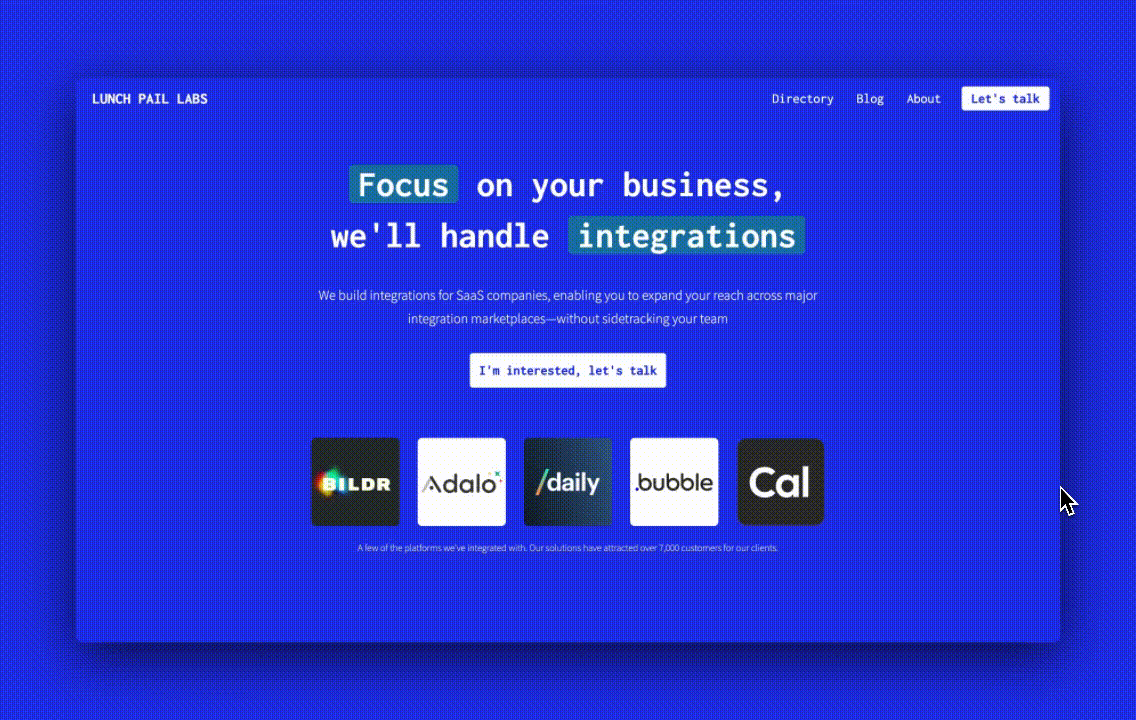🔗 6 Strategies for Creating Robust Partner Integrations
From DIY to specialized teams, 6 methods guide to executing your integration roadmap.
Hey friends 👋🏿,
Today we're diving into partner integrations—the connections between two SaaS products that enhance user experience. They're great for customer retention but can be complex to execute. We’ll cover 6 popular methods for completing your integration roadmap including
Building in-house
Unified APIs
iPaaS (Integration Platforms as a Service)
Open Source Integrations
Integration Partnership Programs
Hiring a fractional team
Let’s get into it!
Building In-House
Some SaaS companies initiate their integration efforts with existing engineering resources, working part-time on these projects. As demand for integrations grows, these companies often allocate a specialized team solely focused on this crucial area.
Why Choose This Approach: Opt for this method when integrations are central to your product’s value proposition and you seek full control over the user experience.
Pros: Complete control over user experience, potential to develop a specialized team, and the ability to cultivate deep, in-house expertise in integration development.
Cons: Consumes significant resources, necessitates specialized internal expertise, and may divert attention away from the core product.
Examples: See Merge's approach to partner engineering or see Whalesync’s strategy for leveraging a part-time focus on integrations.
Unified APIs
Unified APIs serve as a universal translator, allowing developers to connect with multiple apps and services through a single interface and integration.
Why choose this approach: Ideal for rapid deployment of multiple data integrations, benefiting from a standardized data schema for quick read/write actions.
Pros: Simplifies API management, quick to implement, ongoing maintenance covered, access to many APIs within a category
Cons: Limited support for deep integrations, limited control over user experience, vendor dependency
iPaaS (Integration Platforms as a Service)
An Integration Platform as a Service (iPaaS) is a cloud-based toolkit that links various software applications. Embedded iPaaS goes a step further by integrating directly into your software, cutting out extra logins, and unlocking thousands of new use cases.
Why choose this approach: Ideal for organizations looking for a fast, plug-and-play solution that doesn't require specialized engineering expertise. Embedded iPaaS is especially useful for turning your product into a workflow automation hub.
Pros: Quick to set up, extensive pre-built connectors, no need for specialized engineering resources, Embedded iPaaS provides seamless user experience.
Cons: Limited customization options your users will have to learn how the embedded IPaaS solution works, potential for vendor lock-in, and sometimes less control over data flow, UI, and architecture.
Examples: IPaaS: Zapier, Tray.io, Workato, MuleSoft, Make Embedded Ipaas: Rollout, Cyclr, Workato embedded
Open Source Integrations
Some software companies choose open-source integrations, typically as part of a broader open-source development strategy, allowing their community to contribute by building and maintaining these integrations.
Why choose this approach: Ideal for SaaS companies that have a strong developer community and want to leverage that for cost-effective and rapid development of integrations.
Pros: Community-driven, cost-effective, the potential for diverse and innovative solutions.
Cons: Limited control over quality and timelines, responsiveness to user needs might be slower, and the possibility of varying quality.
Examples: Cal’s bounty program, which incentivizes the community to contribute.
Integration Partnership Programs
Creating and managing a partnership program allows you to grow your integration library by incentivizing other companies to build and maintain integrations.
Why choose this approach: Best suited for SaaS companies with a well-established user base, high engagement, or unique market positioning that makes it attractive for potential partners to contribute.
Pros: Scalable growth, reduced development costs, increased diversity in integration offerings, and the ability to focus on core product development.
Cons: Lower control over the quality and scope of third-party integrations, the possibility of brand dilution if partners don't align with your quality or mission, and more management required for partner relationships.
Examples: Zapier's Integration Partner Program, Smartsuite’s Partner Program, and Hubspot’s App Partner Program.
Hiring a fractional team
If you're not sure how to handle integrations, a specialized team can help guide you through all the options we've discussed. For instance, Lunch Pail Labs can build integrations, navigate partnerships, and eventually help your team to take over.
Why choose this approach: Great for companies that need expert help fast and don't want to add full-time staff.
Pros: You get specialized help, customized plans, and the ability to change as your business grows.
Cons: It will cost you, but a good team will set you up to manage things yourself later on.
Examples: Lunch Pail Labs
And there you have it and if you’d like to chat about any of this would love to talk. Until next time!
Lola









